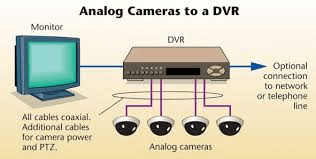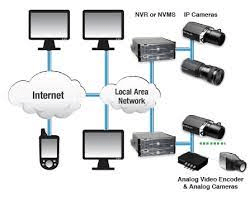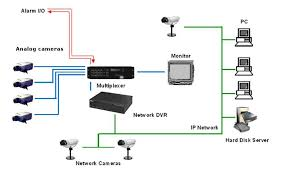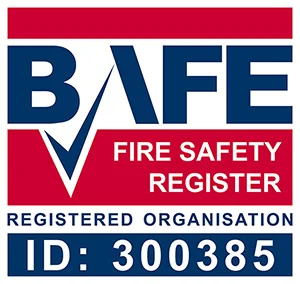CCTV Systems
There are several different types of CCTV system on the market and these can be defined into 3 types.
Analogue
These types of system are not used these days with the advent of modern IP systems but there are many thousands of analogue
systems working quite well out in the field. Analogue systems are usually wired from the onsite Digital Video Recorder
(DVR) out to each camera in a coaxial cable or RG59. Power is also sent to the camera from a local power supply. The
camera images are recorded on the hard drive of the video recorder and depending on the size of the hard drive many
days, weeks or Months of storage can be held. Once the hard drive is full, the recorder will overwrite the oldest event
first so there will always be the latest history on the machine. Most DVRs have a network connection port, so they
can be connected to the internet and then the CCTV images may be reviewed remotely via smart phone PC or tablet.
IP (Internet Protocol)
IP CCTV systems have been round for a number of years and are the latest type of system. These systems are wired from a Network Video recorder(NVR) to each camera in a CAT5 cable and more often than not, the system is a power over ethernet device (POE). This means that a single CAT5 cable can carry the power to the camera and send and receive data at the same time making installation easier. Because the cameras are IP they can be plugged directly into the network and viewed over the internet without the need for a recording device if necessary.
Hybrid Systems
These systems have the benefit of being able to use traditional analogue cameras as well as the more modern IP cameras.
These systems are very useful if upgrading an existing system with many existing analogue cameras whereby the old cameras
can be connected to the machine and any new cameras can be the newer IP type. As each analogue camera fails over time,
or when budget allows, they can be retrofitted with a new IP camera.







